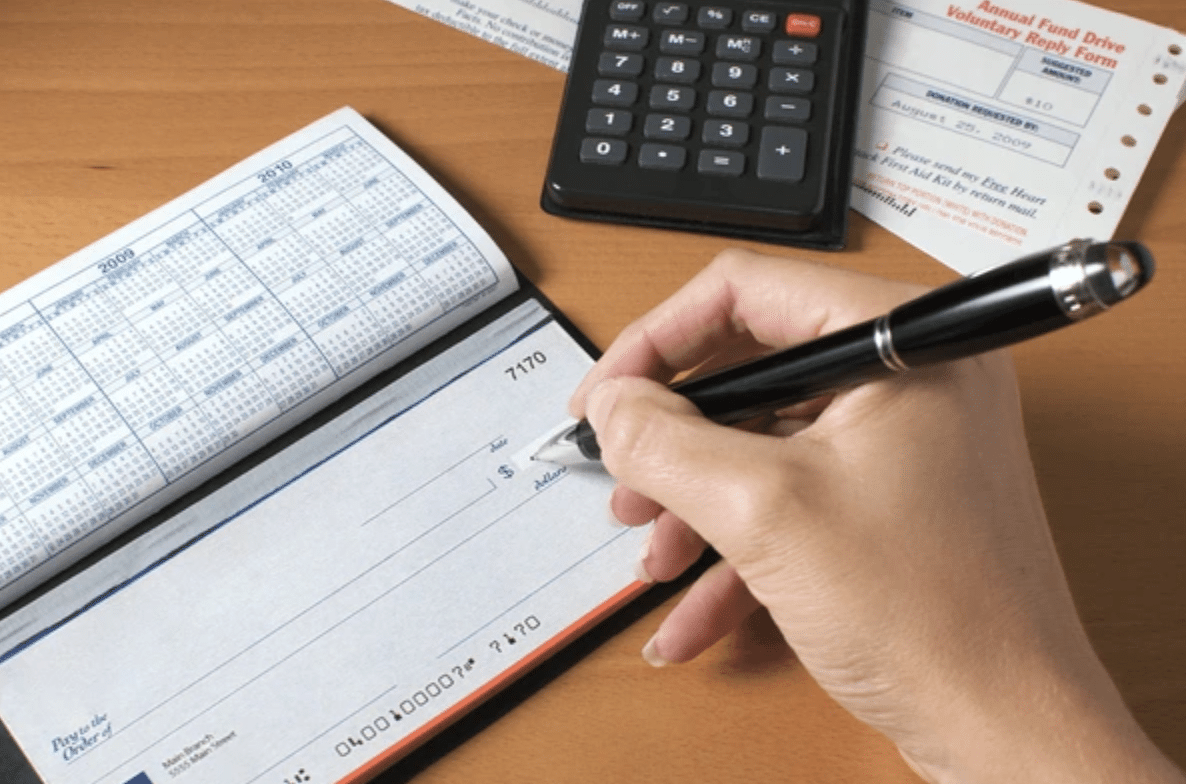A Brief Guide To How Many Dimes You Can Get Into A Single Roll
If you’ve ever wondered about the specifics of rolling dimes, you’re not alone. Dimes are the smallest of all the Canadian coins and they’re worth $0.10. Counting them is very simple, especially when they are rolled. For dimes, each roll contains 50 coins, which equals a total value of $5.
In this blog, we’ll break down everything you need to know about dime rolls, including how they’re counted, why they’re standardized, and how you can cash your dimes in for cash. Remember, if you are looking for a Personal Loan, Smarter Loans can help you find the best lender to meet your needs.
Let’s dive right in!
What Is The Dime And When Was It Introduced In Canada
The Canadian dime has been a part of the nation’s currency since 1858 when it was first introduced following the adoption of a decimal monetary system. As mentioned above, it is valued at $0.10 and represents one-tenth of a Canadian dollar. The coin became increasingly popular in the late 19th century as the decimal structure came into play.
Early dimes were crafted from silver, but their composition shifted over time like many coins. By the 1960s, rising silver prices prompted the switch to nickel, and eventually to the modern composition of nickel-plated steel. On the front of the coin, you can see the Bluenose Schooner which was part of the initial 1937 design. It was chosen to reflect Atlantic Canada’s heritage.
How And Why Are Coins Rolled?
Rolling coins is a simple yet essential process for organizing loose change and it’s used for all coins. A standard roll of dimes in Canada contains 50 coins, amounting to $5. Rolling coins is commonly done for convenience, and storage if you’re looking to cash them in for bills.
The process involves grouping a specific number of coins into pre-sized paper or plastic wrappers, designed to hold exact quantities. For dimes, this means precisely 50 coins fit snugly into a roll. Banks and retailers require rolled coins because it’s much easier to count and takes less time to organize. A full roll of dimes weighs approximately 113.4 grams, so it’s not too heavy and very compact.
Where To Exchange Dimes For Cash
Coinstar
Coinstar machines conveniently exchange dimes (or other coins) for cash or gift cards. All you have to do is pour your dimes into the machine and it will count them for you. However, there’s an 11.9% fee deducted from your total for cash exchanges. To avoid the fee, opt for a no-fee gift card option instead of cash. But if you’re set on receiving bills wait until the machine processes your coins, and you’ll receive a voucher to exchange for bills at the store.
Bank/Credit Union
Exchanging dimes for bills at the bank is fee-free in most cases, so this can be better than a Coinstar machine! Once your rolls are prepared, take them to the teller, who will exchange them for bills or deposit the amount into your account. Some banks may also accept loose coins but could charge a small processing fee.
Additional Tips for Rolling and Counting Dimes Efficiently
Ways to Count Dimes Efficiently:
To quickly count dimes, group them into piles of ten. Each pile equals one dollar, and this will help you simplify the math. If you have a large number of dimes, a coin-sorting tray or an affordable coin-counting machine can help substantially. These tools are especially helpful when dealing with mixed coins.
Where to Get Rolls:
Coin rolls or wrappers can be found at most banks, office supply stores, or online retailers like Amazon. Many banks provide them for free if you’re a customer though.
Tips for Rolling Dimes:
When rolling dimes, organize your coins into neat stacks before placing them in the wrapper. If using paper rolls, fold the edges tightly to prevent spillage. If you’re looking for a faster result, coin-crimping machines can secure the ends with the tap of a button!
Knowing how many dimes are in a roll can help you better organize your change or cash it in for bills. With these tips, handling your dimes is easier than ever! You save time, and effort and don’t have to walk around with heavy change weighing you down.














